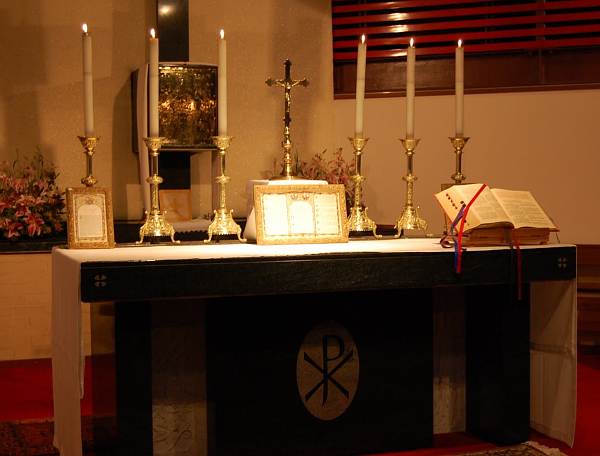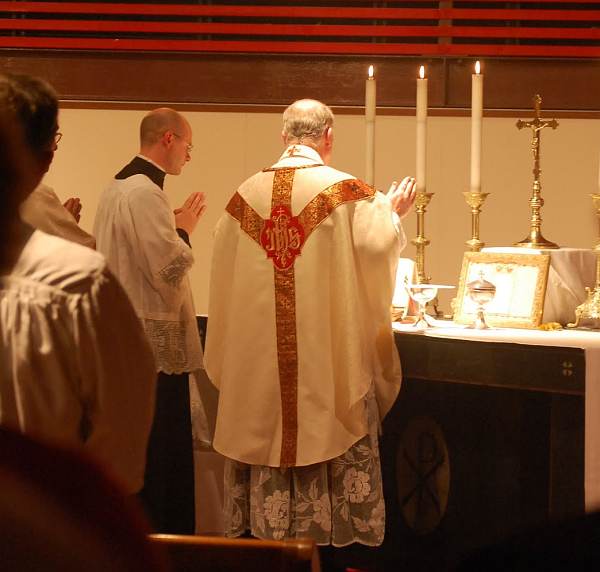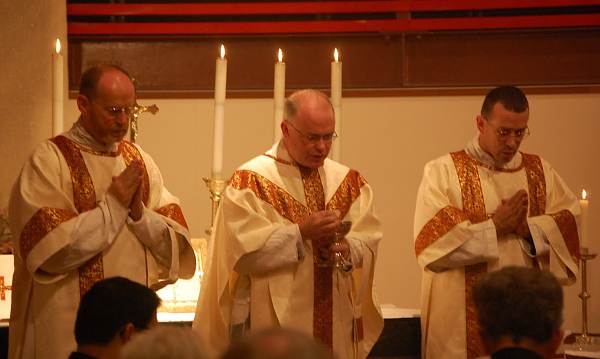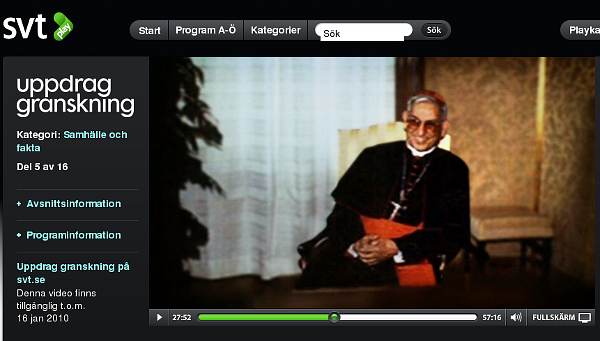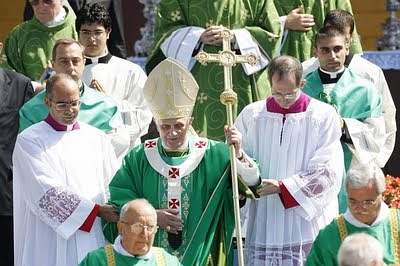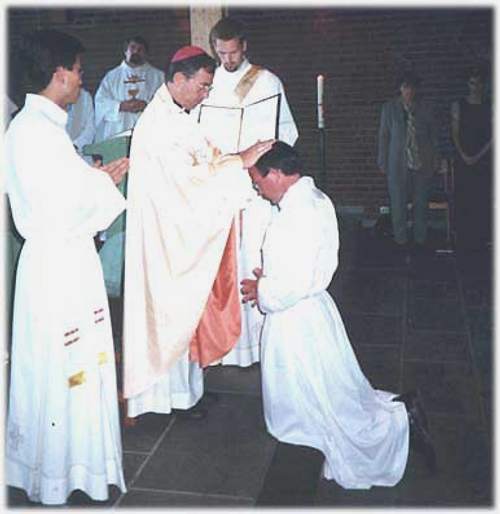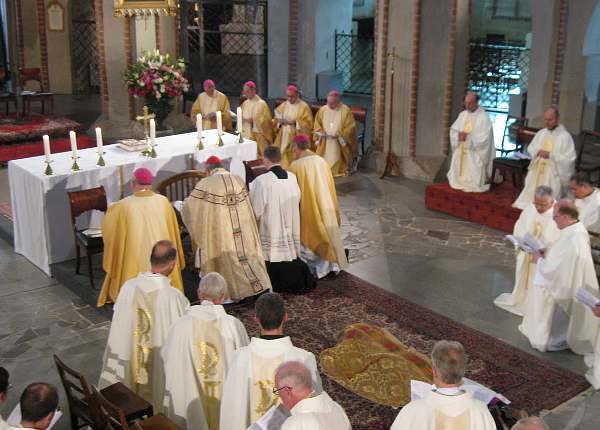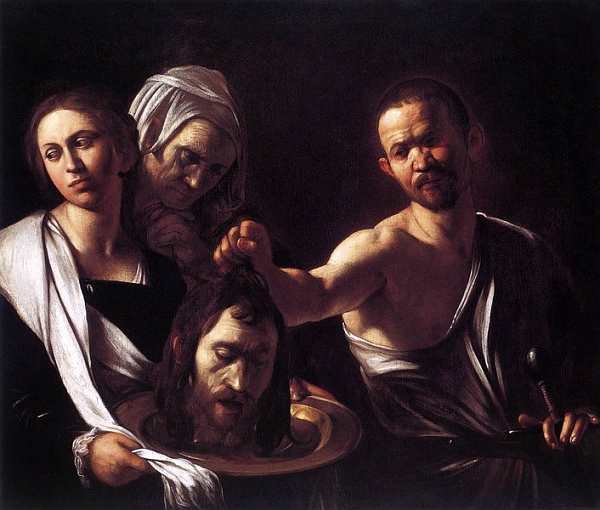Nyheter om Janne Haaland Matlary – på engelsk
Katolsk.no melder også kort at Janne Haaland Matlary 1. september ble utnevnt til medlem av Det pavelige akademi for sosialvitenskapene. Men på et engelsk nettsted (dvs. britisk i dette tilfellet) leser vi mye grundigere om henne:
Janne Haaland Matlary, professor of international politics at the department of political sciences of the University of Oslo, Norway has been made a member of the Pontifical Academy for Social Sciences
Dr Matlary was the State Secretary for Foreign Affairs for Norway and a member of the Christian Democrat Party between 1997 and 2000. She is a convert to Catholicism and already serves on the Pontical Council for Justice and Peace and is a consultor on the Pontifical Council for Justice and Peace.
Readers will remember the fuss, last year, over Cherie Blair giving a talk at the Angelicum in December. The event was a conference on Women and Human Rights, in honour of the 60th anniversary of the Universal Declaration of Human Rights. Mrs Blair’s high profile and controversial talk, garnered all the media/blogging attention. Dr Matlary’s talk was very good but went largely unnoticed.
She sets the fundaments for her debate, by arguing that human rights are absolute and unchanging, not to be changed by political will. “They are inborn, pre-political and apolitical, not given by politicians, not to be taken away or changed by politicians.”
Later she speaks about abortion, in the context of women’s rights–in the context of equal rights.
She said: “In the case of the abortion debate, the fierce struggle which continues and which will continue is about the terms of the debate: if the question is “under which conditions can human life be taken?” one has to consider the constitutional norms of right to life and the international instruments of human rights that state this as the highest norm. If the debate is cast in pragmatic terms, e.g. as a women’s issue, this is not necessary.

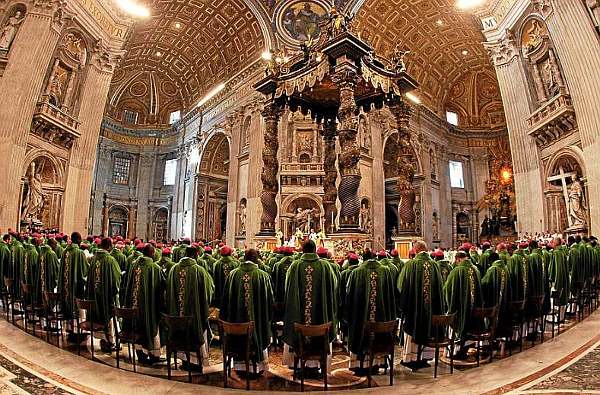
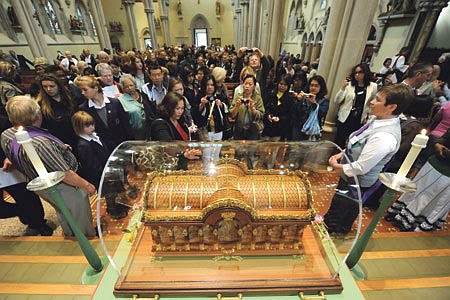
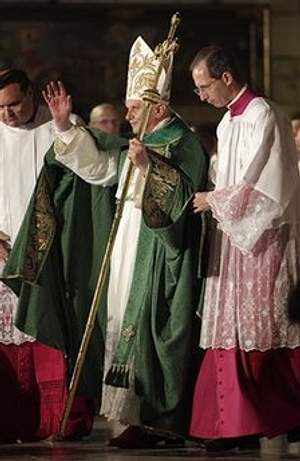 Jeg fikk en begeistret telefon i går kveld, fra et katolsk ektepar som satt og så på pavens vesper i Praha, direkte på internett fra
Jeg fikk en begeistret telefon i går kveld, fra et katolsk ektepar som satt og så på pavens vesper i Praha, direkte på internett fra 